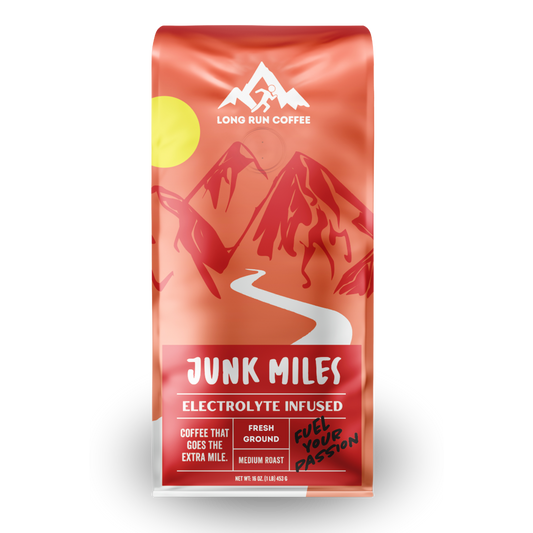
''Fast, Slow, Fast'' — Our Brains
<10 Minute Read
Oh, you just finished a routine run? Check your splits, fellow runner.
Notice anything interesting about the last few minutes or miles? Did you pick up the pace? Chances are the answer is yes.
Meet the Goal Gradient Effect.
How does it Work
The Goal Gradient Effect suggests that as we get closer to completing a goal, our motivation intensifies. We increase the effort and pace at which we move towards the finish. This is a general phenomenon in life, and so the “finish line” is both metaphorical and literal.
And in a real way, this means that we as human beings are more motivated by how close we are to a goal, rather than how much progress we’ve made. That’s actually pretty profound (unfortunately).
Oftentimes too, the Goal Gradient Effect demonstrates that we usually start with faster paces & effort at the beginning of a task as well.
This principle holds true for runners during simple one-off workouts, overall training plans, and race day performance. The question is how do we use this concept to our advantage?
One-Off Workouts
Savvy runners planning to incorporate interval sessions or speedwork training can strategically leverage the Goal Gradient Effect. Simply structure your workout to gradually ascend in difficulty as you get closer to completing your session. You can both increase pace, or decrease recovery time as an interval session progresses.
Doing so allows you to tap into enhanced motivation that naturally accompanies the final stretch. If the brain demands to focus on the finish line, why not lean into it?
Within A Training Cycle
Throughout a training cycle, runners often grapple with fluctuations in motivation.
All runner’s know the immediate excitement that follows hitting the “submit” button on a race signup page. In that moment, motivation is HIGH.
Of course, as training progresses, motivation can wane — Not from abnormal laziness, but natural human psychology. So, if we are using this principle to our advantage, perhaps we try shifting our mindset. The “lull” in the middle of any training plan doesn’t have to be a bad thing.
It makes sense, then, to include sharper mileage increases in the beginning of a training plan while motivation is high. This is also common practice, as higher percentage increases are more appropriate when mileage is low to begin with (i.e. a 15% or 20% increase is okay, when average weekly mileage is 10 miles). Then we can move to prioritize recovery throughout the middle stages of a training program, and back the mileage increases to 10%, or even lower if you’re working with high mileage.
In the last quarter of your training plan, motivation is back. Excitement is high, and you’re ready to run. You can listen to your body, and pick up the pace. Careful though - overtraining doesn’t happen overnight. Try not to overdo it.
Race Day
You’ve heard it before - start your race slow. Now you have a fun & fancy psychological phenomenon to explain why! This is probably difficult for us all, but if we know that we'll want to pick up the pace later, consider this an investment in reserving your energy. You can also invest in kick-ass electrolyte infused coffee, that enhances the bioavailability of caffeine.
It’s always a good idea to start off any race with a measured pace that is calculated and intentional. It doesn't mean we have to start super super slow, but it does mean we should try to stop ourselves from ripping out of the start line with a vengeance.
But Be Careful
While the Goal Gradient Effect can be a fun mental tool for training plans, we’ll all need to be cautious for two primary reasons:
Reason One
This may be a familiar phrase, but beware "the three too's" – too much, too soon, and too fast. Guard yourself against any false perceptions of nearing the finish (both during a race, or overall training plan). Premature acceleration in pace or overall effort that could result in burnout or injury.
Reason Two
Let’s not put too much focus on the finish line yea? This principle tells us that humans are consumed with the goal, and not the progress that’s been made. In a way, that’s kind of stupid. The overwhelming majority of our time is spent preparing & training, while actually achieving a goal happens in a literal moment. If we could focus more on appreciating progress, we can de-emphasize the finish line a bit.
Let’s Wrap This Up
The Goal Gradient Effect is a proven concept that runners can harness across individual runs, training cycles, and race day. Understanding this principle helps us think a bit more critically about our training cycles, and allows us to work with (rather than against) our natural instinct.




















